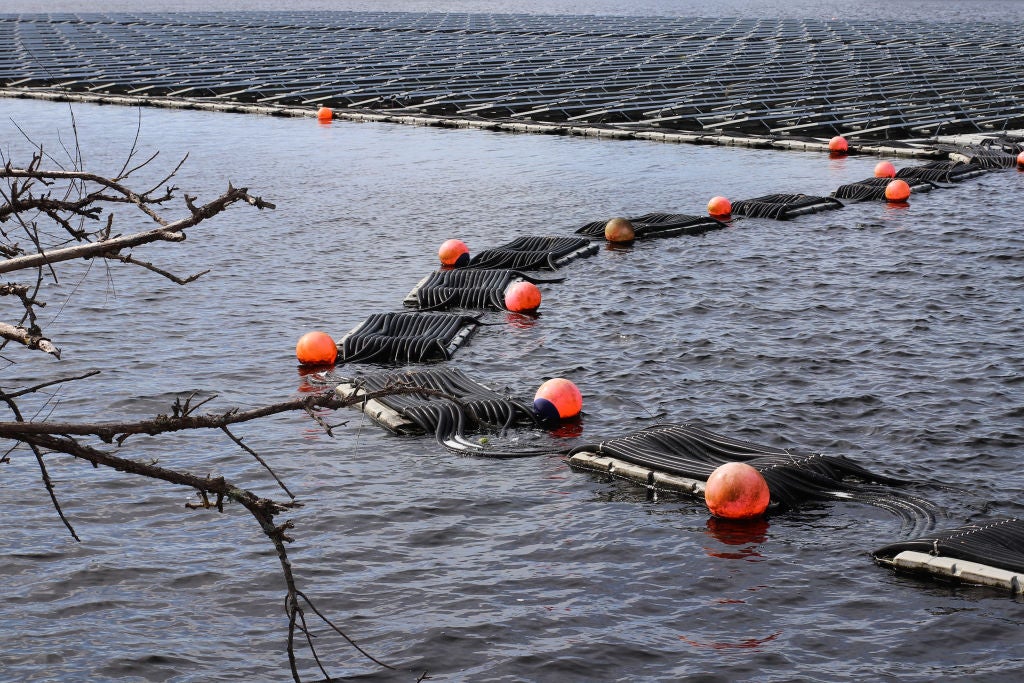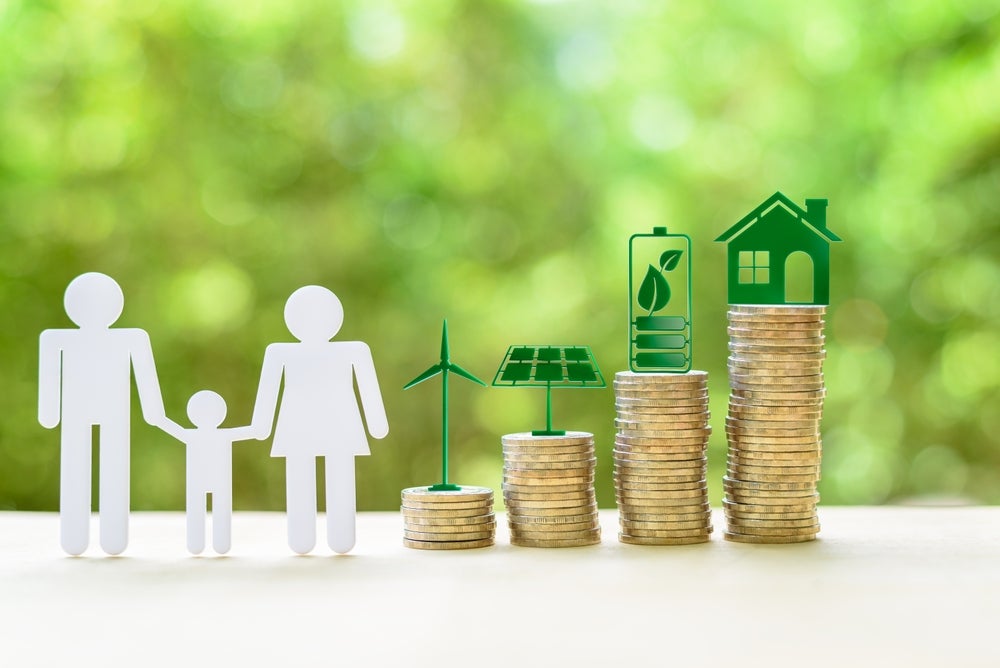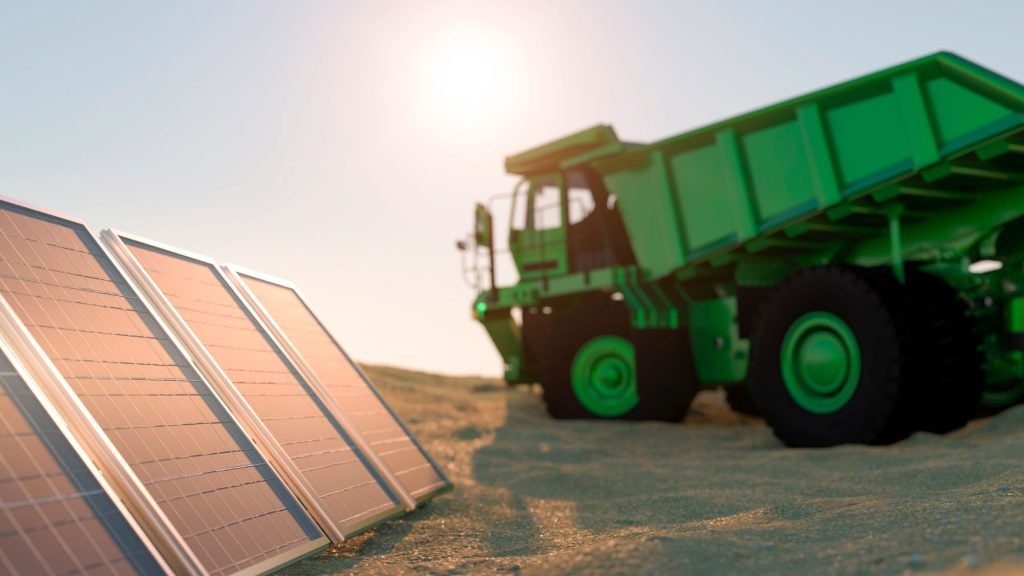
During New Zealand’s last general election campaign in 2020, the Labour Party pledged to bring forward the target for a 100% renewable power grid by five years, to 2030. The party went on to win a majority at that election, and with it, the goal became policy.
New Zealand was starting from a high base, with data from the Ministry of Business, Innovation and Employment (MBIE) showing that renewable sources accounted for 81% of electricity generation in 2020. By 2022, that number had risen to 87%.
However, the target’s permanence is in doubt. The country is facing an election on 14 October and the opposition right-wing National Party – which opposes the 100% renewable grid by 2030 target – looks set to lead the next government. Nonetheless, the current Labour administration in August announced a NZ$2bn ($1.2bn) fund with US investment firm BlackRock to attract private sector investment for climate infrastructure in the country, specifically aimed at delivering on the 2030 goal.
“This is a first-of-its-kind fund in the country that demonstrates the huge economic potential of New Zealand being a climate leader and our goal of generating 100% renewable electricity,” said Prime Minister Chris Hipkins when the fund was announced. “I am absolutely stoked about what this means for Kiwi ingenuity in renewable energy.”
“This fund will accelerate New Zealand’s emissions reductions, with a particular focus on our path to 100% renewable electricity, enabling our businesses to access greater pools of capital to develop and grow,” said Minister of Energy and Resources Megan Woods.
“New Zealand is now an investment magnet for capital that will unlock technology such as battery storage, wind and solar generation, green hydrogen production and more electric vehicle chargers,” she added.
How well do you really know your competitors?
Access the most comprehensive Company Profiles on the market, powered by GlobalData. Save hours of research. Gain competitive edge.

Thank you!
Your download email will arrive shortly
Not ready to buy yet? Download a free sample
We are confident about the unique quality of our Company Profiles. However, we want you to make the most beneficial decision for your business, so we offer a free sample that you can download by submitting the below form
By GlobalDataThe Blackrock fund will seek to leverage investment from private sector investors, institutional investors and Crown entities. It is the first in New Zealand to specifically target private finance for climate infrastructure.
BlackRock leads private sector capital push
The size of the BlackRock fund “is very material” for New Zealand, especially with its already high share of renewables and entrenched electricity decarbonisation pathways, says Tim Buckley, Sydney-based director of think tank Climate Energy Finance, who has done work for New Zealand’s power sector.
The new fund has the potential to crowd-in institutional investors such as pension funds, which want to move at scale but don’t have the capital cost structures to manage several small project investments, he adds.
“The whole idea of renewable energy infrastructure is that it is low-risk and patient capital,” Buckley explains. “It is effectively like bond-plus returns if you have the right long-term offtaker in place, so you can actually deploy a large amount of capital that would otherwise go into a bond fund.”
“Internationally, with a lot of overseas investment firms, we are seen as a really stable place, a safe place to invest, particularly with our [already] high renewable generation,” said Rebecca Mehrtens, energy industry leader at engineering consultancy Aurecon, on a panel at the recent Climate Change and Business Conference (CCBC) in Auckland. She pointed to BlackRock’s fund and the recently launched, Crown-owned New Zealand Green Investment Finance (NZGIF) solar loan programme as attractive vehicles for investors.
Aurecon is seeing a lot of interest from overseas developers wanting to build renewable power installations – wind and solar – in New Zealand, she added, “but what I have not seen, apart from the [Government Investment in Decarbonising Industry, or GIDI] fund, is that kind of government investment into renewables.”
The GIDI Fund uses proceeds from New Zealand’s emissions trading scheme to support investments in industrial decarbonisation. It has disbursed NZ$112.2m, leveraging NZ$195.9m of private investment, to 81 projects as well as NZ$230m – with NZ$860m of leveraged private capital – to co-finance two large-scale projects in the country’s dairy and steel sectors.
Jason Patrick, chief investment officer at NZGIF, has a track record of leveraging private sector capital. “Part of the mandate of the NZGIF is to drive additional capital into everything we do, so we constantly think about that, and I would imagine any material fund that has been targeted for this market would think about bringing offshore funds into those efforts,” Patrick says, referring to the BlackRock fund.
Renewable power in New Zealand: going for solar
In mid-September, NZGIF announced a NZ$170m capital raise to launch its Solar Finance programme, which included offshore investment from First Sentier Investors and Natixis Investment Managers. It will initially finance the country’s largest residential power purchase agreement (PPA) portfolio, managed by New Zealand’s solarZero.
“It can be difficult to bring large-scale finance to opportunities like [residential solar], primarily because of the disaggregated nature of it,” Patrick says. “So, it is important to work with operators who are experienced and who can do all of that on the ground installation, management and maintenance.”
solarZero, a New Zealand renewable power pioneer in solar, has grown around 50% each year over the past two years – growth that is mirrored in the 34% increase year-on-year in solar net generation in New Zealand in 2022, according to MBIE. (Hydropower is king in New Zealand, accounting for around 60% of the country’s electricity, followed by geothermal power at around 19%.)
Keep up with Energy Monitor: Subscribe to our weekly newsletterHowever, the actual share of solar in the overall electricity mix – less than 1% in 2022 – is “surprisingly low”, says Buckley. Barriers to it include the cost of land, farming and the fact that there is lower solar radiation than Australia – which has seen a rapid adoption of the technology in recent years.
“That huge amount of hydro does become a problem because of the one-in-ten-year risk of a drought,” he adds. “My first thought… was ‘why don’t you have a load of solar’… but it is very minor and hasn’t been very cost competitive. Now, if you are trying to do that last 10, 20% decarbonisation of the grid, that is where you have to take less cost-competitive options.”
That last mile decarbonisation drives diversification and may explain developments such as a NZ$600m investment in three solar farms around the country by local generator Genesis and solar developer FRV Australia.
Offshore wind on the horizon
Buckley sees offshore wind as having huge potential for New Zealand, noting the country has “really good wind quality”, but cautions policymakers to wait until the industry is established in Australia and has a supply chain there.
Copenhagen Offshore Partners (COP) is one overseas company that is preparing to take advantage of New Zealand’s offshore wind potential, partnering with the NZ Super Fund to develop a 1,000MW offshore wind project in Taranaki – which is also home to New Zealand’s oil and gas industry (although the government in 2018 said it would no longer issue new permits for offshore oil and gas exploration). Giacomo Caleffi, New Zealand senior business development manager at COP, says one reason there isn’t any offshore wind yet in New Zealand is a lack of supporting infrastructure including regulation, visibility on offtake buyers and pricing, and transmission grid upgrades.
“We are talking about 1GW of offshore wind landing in south Taranaki – that is the scale of the largest power plant in New Zealand currently,” Caleffi said on a panel at the CCBC in Auckland. “We need transmission upgrades, and we need port upgrades too [for the turbines and components to be delivered]. We are years away from being able to sign [and say] we are going ahead with it – there is no regulatory environment at the moment.
“If we want to achieve these high [renewable power] targets… there needs to be a shift in thinking. … Who is it that helps us developers reduce our risks? For many other countries, it has been the government and it has worked very well.”
“For offshore wind, it needs to happen as quickly as possible,” added Aurecon’s Mehrtens on the same CCBC panel. “We do need some sort of investment, whether that is government investment or from somewhere else, to… put a stake in the ground to say, ‘this is what we are choosing to do as a country’.”
Buckley warns of an economies of scale issue for offshore wind. “A wind farm needs to be 1–1.5GW… but would that just flood the New Zealand market?” Electrification would help absorb the extra supply, Buckley says.
Net-zero means electrification more than new renewable power in New Zealand
“If you look at 2050 as net zero, then ultimately the challenge is how do you electrify more of the economy,” said Malcolm Johns, CEO of Genesis, in an interview at the CCBC. “About 48% of New Zealand’s total energy footprint is electric at the moment – that really needs to be in the 60s or 70s. [In contrast] the last 5–7% of renewables in the electricity system – I just don’t feel that is something we should die in a ditch for.”
The 100% renewables goal “is admirable” but a distraction, he added. “Electrifying more of New Zealand’s economy ultimately drives you further towards net-zero 2050 than the concept of 100% renewable electricity by 2030.”
Read more from this author: Katie KouchakjiBuckley says that achieving the 2030 “political target” would require investment in the likes of a Lake Onslow pumped hydro storage solution – which MBIE estimates would cost NZ$15.7bn. However, Buckley warns too that pumped hydro builds overreliance on hydro, can take a decade to construct and faces capital cost overruns, as Australia has seen with its Snowy Hydro 2.0 scheme. “What you will find is that by the time they have commissioned it, the battery technology has evolved and enhanced so dramatically that you will have eight-hour batteries, which will gut the economics of pumped hydro,” he suggests.
“We should really be focused on progress over perfection,” Jemma Gerring, general manager at New Zealand energy distributor Powerco, told the CCBC. “We are at 88% renewable, we are quickly climbing to 95% [and] that is world class – let’s not fuss too much about 100%. We will get there but, in the meantime, we need to make sure that it is affordable. People won’t electrify if they don’t find it affordable and if they don’t have confidence in the system.”






